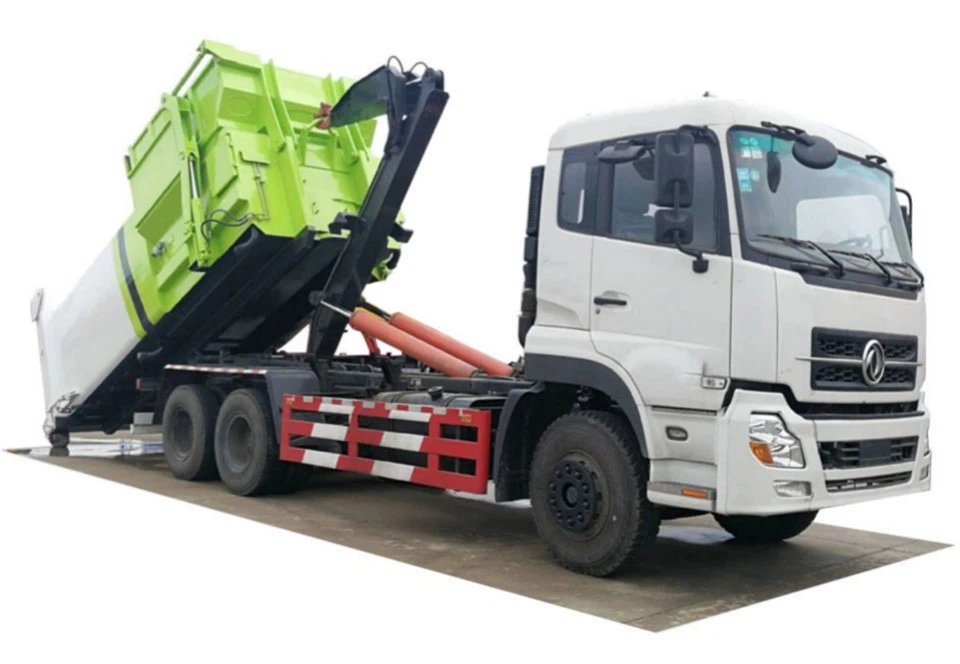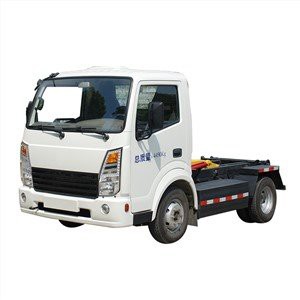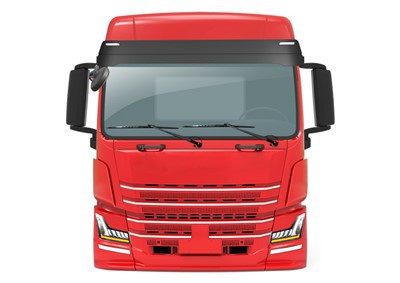Understanding Fuel Tanker Capacity: A Comprehensive Guide

Fuel tanker capacity refers to the amount of fuel a tanker can transport, measured in liters, gallons, or barrels. This capacity can significantly impact various industries, including transportation, logistics, and energy. Understanding fuel tanker capacity is crucial for optimizing logistics, managing costs, and ensuring safe fuel transportation.
The Importance of Fuel Tanker Capacity
Fuel tanker capacity is essential to several key factors:
- Efficiency in Fuel Transportation
- Cost Management
- Environmental Considerations
- Regulatory Compliance
Efficiency in Fuel Transportation
A larger capacity allows for more fuel to be transported in a single trip, leading to fewer trips and reduced operational costs. Efficient fuel transportation translates to timely deliveries and enhanced service reliability.
Cost Management
Understanding tanker capacity also plays a pivotal role in cost management. When businesses know how much fuel they can transport at once, they can negotiate better rates with suppliers and reduce per-unit transportation costs.
Environmental Considerations
Reducing the number of trips made by fuel tankers decreases greenhouse gas emissions. A well-planned fuel tanker capacity strategy can contribute to sustainability efforts in the logistics and energy sectors.
Regulatory Compliance
Various regulations govern fuel transportation, including load limits and safety protocols. Understanding fuel tanker capacity helps ensure compliance with these regulations, preventing fines and other legal issues.
Types of Fuel Tankers
Fuel tankers come in various shapes and sizes, each suitable for different transportation needs. The main types include:
1. Road Tankers
Road tankers are the most common type used for fuel transport. They typically range from 5,000 to 40,000 liters in capacity. They are designed for short-distance deliveries and have specialized compartments for different fuel types.
| Type | Typical Capacity | Usage |
|---|---|---|
| Road Tankers | 5,000 – 40,000 liters | Short-distance delivery |
| Rail Tankers | 20,000 – 120,000 liters | Long-distance delivery |
| Marine Tankers | 200,000 – 2,000,000 liters | International transport |
2. Rail Tankers
For longer distances, rail tankers are more suitable. They can carry larger capacities, typically ranging between 20,000 and 120,000 liters. Rail tankers are often used for bulk transfers of fuel across cities or states.
3. Marine Tankers
Marine tankers are colossal vessels designed for international fuel transport. They can hold anywhere from 200,000 to 2,000,000 liters of fuel. Marine tankers typically transport crude oil and refined products over vast distances.
Factors Affecting Fuel Tanker Capacity
Understanding what factors influence fuel tanker capacity can help businesses make informed decisions:
1. Tanker Design
The design of a tanker, including its shape and materials used, affects its capacity. Tanks with optimized geometric configurations allow for maximum fuel storage while ensuring safety and stability.
2. Regulatory Limitations
Regulations in different countries or regions dictate acceptable capacities for safety. Knowing these limits is crucial to avoid penalties and ensure secure transport.
3. Fuel Density
Different types of fuel have varying densities, which impacts how much can be loaded without exceeding regulatory weight limits. For example, diesel is denser than gasoline, so a tanker may hold less diesel by volume compared to gasoline.
How to Calculate Fuel Tanker Capacity
Businesses often need to calculate their fuel tanker capacity to optimize transportation logistics. Here’s a simple guide on how to do that:
Step 1: Measure the Dimensions of the Tank
Measure the length, width, and height of the fuel tank in meters.
Step 2: Use the Formula for Volume
The volume for a rectangular tank can be calculated using the formula: Volume = Length × Width × Height
Step 3: Convert the Volume
Convert cubic meters to liters (1 cubic meter = 1000 liters) to determine the fuel capacity.
Example Calculation
If a fuel tanker measures 6m in length, 2m in width, and 2m in height, the volume would be:
- Volume = 6m × 2m × 2m = 24m³
- Capacity in liters = 24m³ × 1000 = 24,000 liters
Best Practices for Managing Fuel Tanker Capacity
Efficient management of fuel tanker capacity involves several best practices:
Regular Maintenance
Ensure regular maintenance of tankers to prevent leaks and ensure safety. This includes checks on seals, valves, and material integrity.

Effective Route Planning
Plan delivery routes carefully to maximize efficiency and minimize fuel costs. Use GPS technology for optimal routing and traffic management.
Monitoring and Controls
Implement monitoring systems to keep track of fuel levels, deliveries, and vehicle conditions, ensuring capacity is effectively utilized.
Training for Staff
Make sure that all personnel involved in the transportation of fuel are adequately trained on best practices, safety protocols, and regulatory compliance.

Common Misconceptions About Fuel Tanker Capacity
Several misunderstandings can cloud the topic of fuel tanker capacity:
1. Bigger is Always Better
While larger tankers can carry more fuel, they may not be practical for short-distance deliveries due to road restrictions and maneuverability.
2. All Fuels Have the Same Density
Different fuels have unique properties and densities, affecting how much can be hauled without violating weight regulations.
3. Tanker Capacity is Fixed
Fuel tanker capacity can change significantly based on regulations, vehicle conditions, and types of fuel being transported.
Future Trends in Fuel Tanker Capacity
The landscape of fuel transportation is evolving:
1. Technological Advancements
With increasing reliance on digital technologies, advanced telemetry systems are becoming common. These innovations allow for real-time monitoring of tank capacity, improving logistics efficiency.

2. Sustainability Efforts
Businesses are increasingly focusing on sustainable practices, leading to the development of tankers designed to minimize environmental impact.
3. Regulatory Changes
As regulations evolve, the capacity constraints may change, prompting companies to adapt their transport strategies.
FAQs about Fuel Tanker Capacity
1. What is the average fuel tanker capacity?
The average fuel tanker capacity can range from 5,000 liters for road tankers to over 2,000,000 liters for marine tankers.
2. How can I check the capacity of my fuel tanker?
You can check the tanker’s specifications provided by the manufacturer, or calculate it using the dimensions and volume formulas provided earlier.
3. What factors affect the maximum load of a fuel tanker?
Factors include the design and regulations, as well as the density of the fuel being transported.
4. Are there special requirements for transporting hazardous fuels?
Yes, transporting hazardous fuels requires compliance with specific regulations concerning safety and emergency protocols.
5. How often should a fuel tanker be maintained?
Fuel tankers should undergo regular maintenance checks, typically at least once a year, to ensure safety and operational efficiency.
6. Can fuel tanker capacity affect delivery times?
Yes, the capacity directly impacts delivery times; larger tankers can carry more fuel, reducing the number of trips and, consequently, delivery time.
